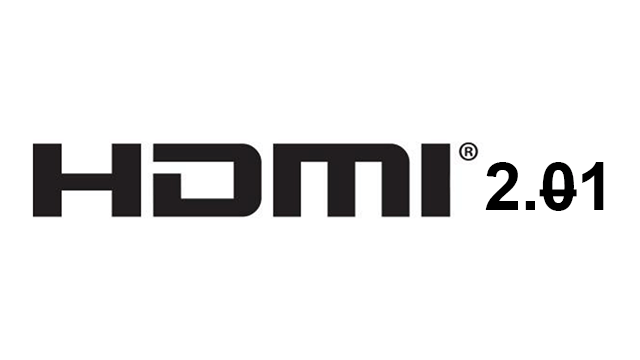As HDMI 2.1 is more widely adopted by console and hardware manufacturers, consumers are coming to expect devices with this label to be compatible with the latest and greatest features. Things like Variable Refresh Rate, Auto Low Latency Mode, 4K @ 120Hz, and 48 Gbps bandwidth are made possible by the new Fixed Rate Link (FRL) signaling tech introduced in the HDMI 2.1 specification. However, due to some confusing decisions by the HDMI Licensing Administrator, devices can be labeled as “HDMI 2.1” but only support the features specified for HDMI 2.0.
Can HDMI 2.0 devices be labeled as “HDMI 2.1?”
As discovered by TFT Central, some manufacturers are already labeling HDMI 2.0 devices as HDMI 2.1. That publication found a Xiaomi monitor with a 1080p resolution and 240Hz refresh rate that had specifications for including two HDMI 2.1 ports. This is fishy since there’s no need for HDMI 2.1 for a 1080p monitor, and sure enough, a footnote stated the following about those ports:
“Due to the subdivision of HDMI certification standards, HDMI 2.1 is divided into TMDS (the bandwidth is equivalent to the original HDMI 2.0 and FRL protocols). The HDMI 2.1 interface of this product supports the TMDS protocol, the maximum supported resolution is 1920×1080, and the maximum refresh rate is 240Hz.”
The critical part of this is that the ports only support the older Transition Minimised Differential Signalling (TMDS) tech that powered previous HDMI standards. It was understood with the HDMI 2.1 specification that the standard had to be backward compatible with TMDS. However, one would assume any device that labeled itself as HDMI 2.1 capable would also support FRL.
Thinking this monitor had to be a fake or misrepresenting itself, TFT Central reached out to HDMI.org, the HDMI Licensing Administrator, for confirmation. Unfortunately, however, the answer to the question was confusing and shows some bad decision-making on HDMI.org’s part.
According to the HDMI Licensing Administrator:
- HDMI 2.0 no longer exists, and devices should not claim compliance to v2.0 as it is not referenced any more.
- The features of HDMI 2.0 are now a sub-set of 2.1.
- All the new capabilities and features associated with HDMI 2.1 are optional.
- If a device claims compliance to 2.1 then they need to also state which features the device supports so there is “no confusion.”
So, all devices previously classified as HDMI 2.0 are now HDMI 2.1. Consumers must rely on manufacturers to clearly list each device’s feature set to ensure they support the now optional increased resolution, framerate, and features introduced with HDMI 2.1.
Of course, this is going to be a disaster. Instead of simply checking whether a device is an HDMI 2.0 or 2.1 certified, customers now have to hope all the features are clearly stated. Of course, unscrupulous manufacturers will make this as confusing as possible.
We’re not sure why the decision was made to wrap 2.0 into 2.1, but we can guarantee there will be issues with it in the future. Fortunately, only the Xiaomi monitor above has been spotted so far, but I anticipate others in the near future.












